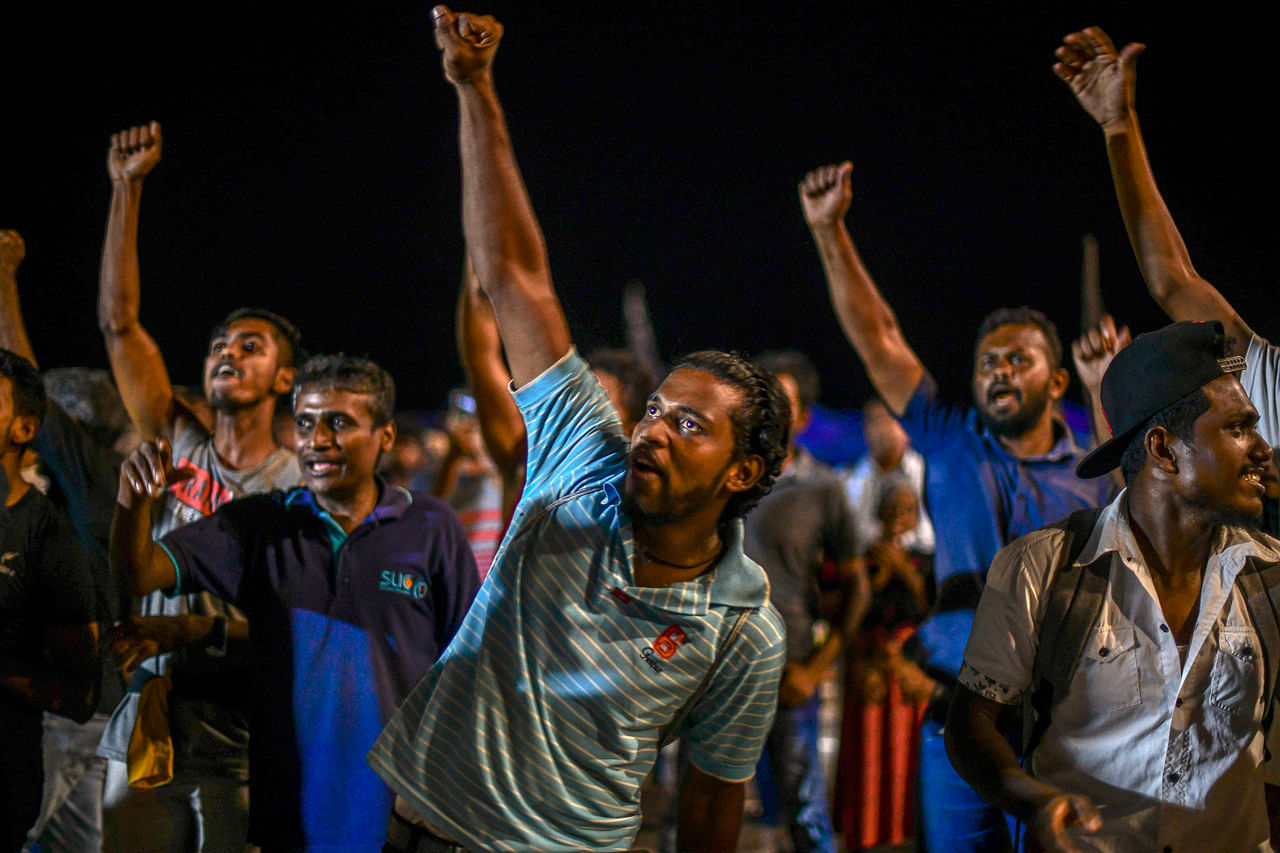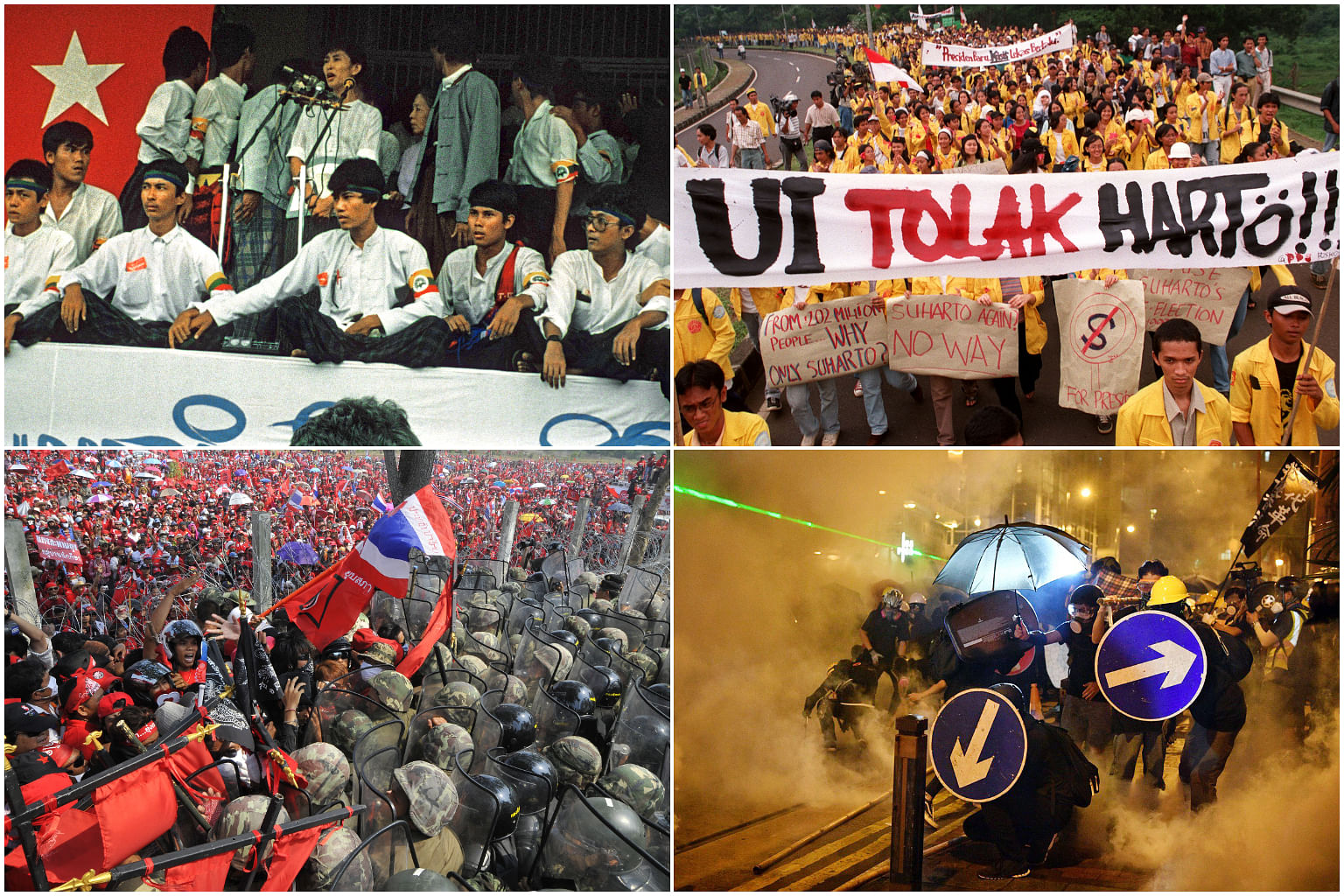Sri Lanka's revolt of the people

As protesters in Sri Lanka trooped out of the President's and Prime Minister's homes on Thursday (July 14), some of them paused on the wide lawns for a last look or selfie. For days, citizens young and old, angry and amused, had overrun the white colonial-style palatial homes of the country's most reviled men.
Almost every one of them was poorer than their leaders. That gulf between a country's leader and its 22 million citizens would have felt ordinary some months ago, said protester Manuri Pabasari. But "now the gap feels so wrong, so undemocratic".
Long, hard slog to fix Sri Lanka's broken economy

Slowly, and then suddenly. That's how bankruptcies happen, and that goes for countries too.
Sri Lanka has been on the verge of economic crisis ever since the outbreak of the Covid-19 pandemic in 2020, but years of economic mismanagement, which pre-dates the pandemic, official complacency and an unwillingness to change course even in the face of external shocks like soaring food and fuel prices have dramatically accelerated the slide.
'People Power' revolutions in Asia

Sri Lankan President Gotabaya Rajapaksa's unceremonious departure from the country on Wednesday (July 13) to escape rampaging mobs of street protesters has shades of so-called "People Power" revolutions in other parts of Asia.
Here's a look at some of them - some were successful, while others were crushed by the powers of the day.
